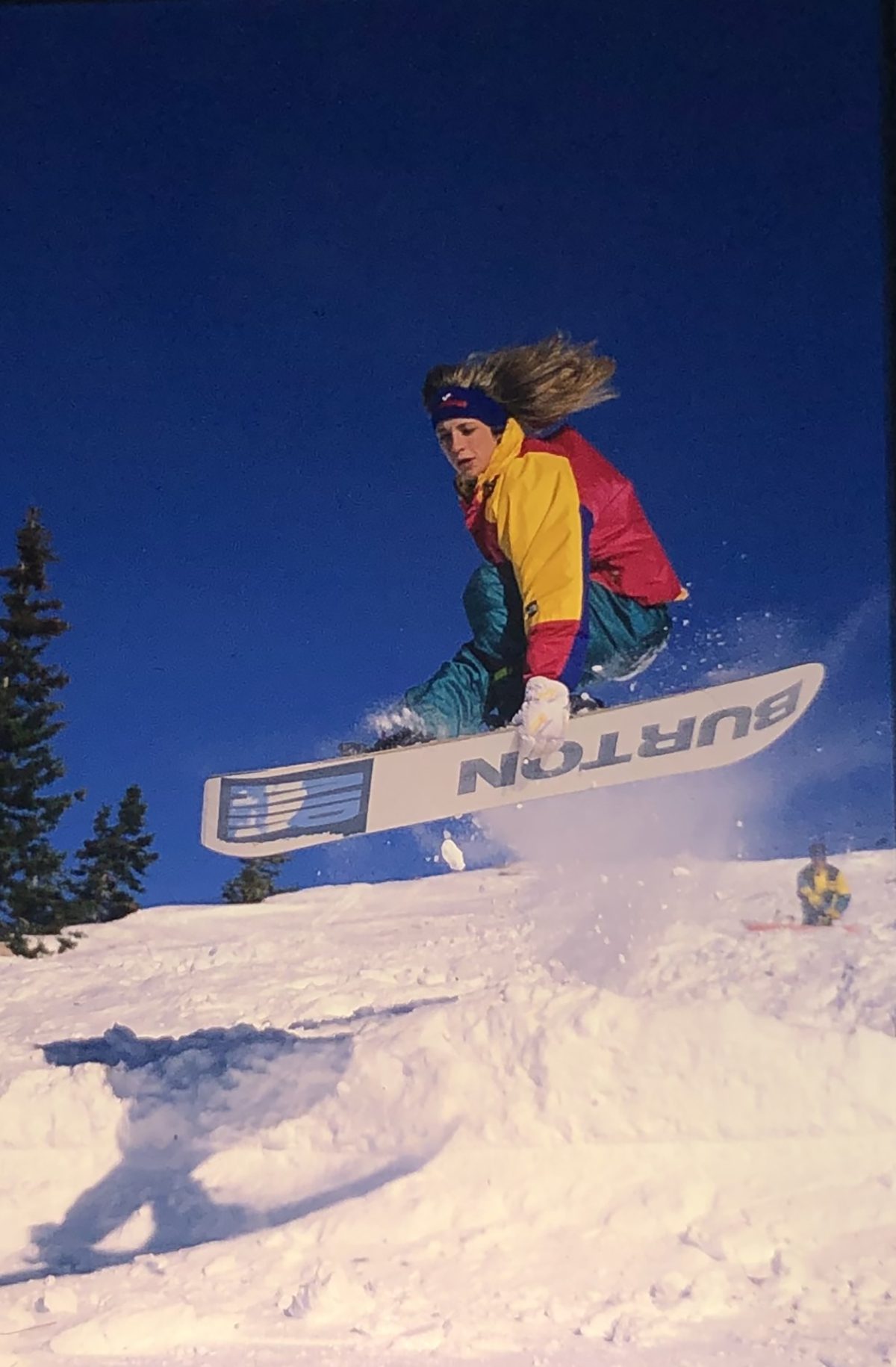
Pioneer, Still Progressing: The Shannon Dunn Interview
INTERVIEW Mary T. Walsh Last March, Shannon Dunn-Downing traveled to Stratton Mountain

If you feel like summer just ended and somehow you’re already late on Christmas shopping, you’re not alone. Resorts flipped the snowmaking switches weeks ago, pre-season edits are already old news, and the competitive calendar, stacked and unapologetic, has arrived at full speed.
And this year hits differently.
The 2026 Winter Olympics are just 72 days away, ten weekends, with eight World Cups and the second Snow League event squeezed in between. That alone would elevate the stakes. But combine it with one of the most rapid periods of trick progression we’ve ever seen, and you get a winter where every contest feels consequential. Every contest now shapes Olympic qualification, momentum, and strategy.
And the start line?
This weekend in Secret Garden, China, the first Big Air World Cup will launch the season.
Snowboard season isn’t coming. It’s here.
Pre-season camps like the Stomping Grounds and Prime Park Sessions are always revealing, but in Olympic years they become the sport’s R&D labs. Riders test boundaries, hide cards and unveil new axes and rotations. The difference between a medal run and a mid-pack finish often comes down to what riders reveal – or strategically hide – during these weeks. Still, social media gave away plenty.
Unless you have been hiding under a rock, you must have seeen at least a few of these:

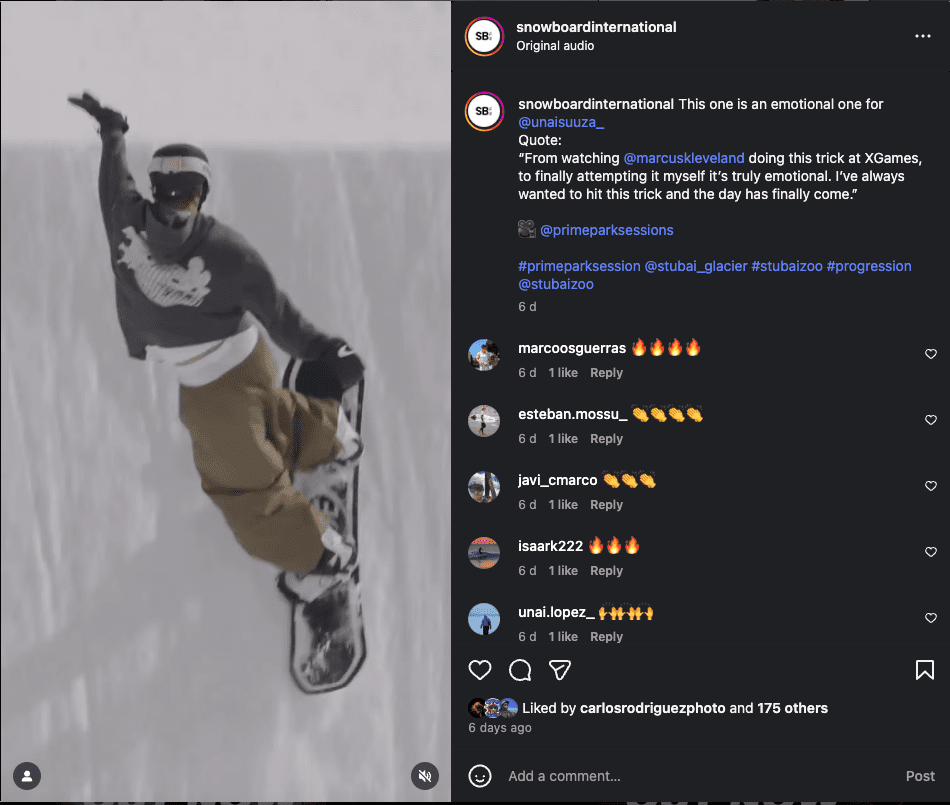
But behind the viral clips is something deeper: the conversations between riders, judges, and coaches that shape how these tricks will actually be evaluated in competition. Workshops like the Stubai Athlete–Judges meeting have become critical touchpoints for alignment, making sure progression is celebrated and understood
This is the year when context matters as much as knowing who spun it.
Ever since Sage Kotsenburg won Slopestyle gold in Sochi with a run built on style, creativity, and instinct, snowboarding has been wrestling with the relationship between style and spin.
Twelve years later (I know, it feels like yesterday), the debate hasn’t disappeared, but we’ve become far more sophisticated.
Instead of drifting into a spin-to-win formula, the community consistently pushed back. Riders demanded variety. Fans demanded clarity. Coaches demanded consistency. Judges and organisers adjusted, reorganised, listened, and recalibrated.
Whilst nobody can predict the future of competitive snowboarding, however the constant feedback loop between riders, judges, organisers, and media voices is the reason why the tricks we’re seeing today are even possible.
Snowboarding is evolving at an exponential rate, not just because riders are better, but because the community is more aligned than ever. And that matters, because:
Progression without understanding becomes noise. Yet…
Progression with context becomes culture.
This season isn’t defined by a single rule change; it’s defined by a collective mindset that came out of pre-season workshops. Here’s the distilled version:
A progressive trick isn’t automatically superior: Execution – strong grab, stable axis, balanced landing – has to match the ambition. That’s been reinforced repeatedly in pre-season consensus.
Messy pre-spin is not lightly forgiven: If it affects the quality of the trick, expect deductions similar to under-rotation.
Multi-axis tricks aren’t a synonym of naming chaos (I wonder how it feels in their head, though…): The community-wide agreement for the entire season is that the dominant horizontal rotation determines direction. For example:
Axis manipulation is being spoken in a shared language: This matters because many of this season’s viral tricks rely on these elements. Without consistent definitions, progression turns subjective.
These shifts don’t change what riders are doing – they clarify how the world understands and appreciates it.

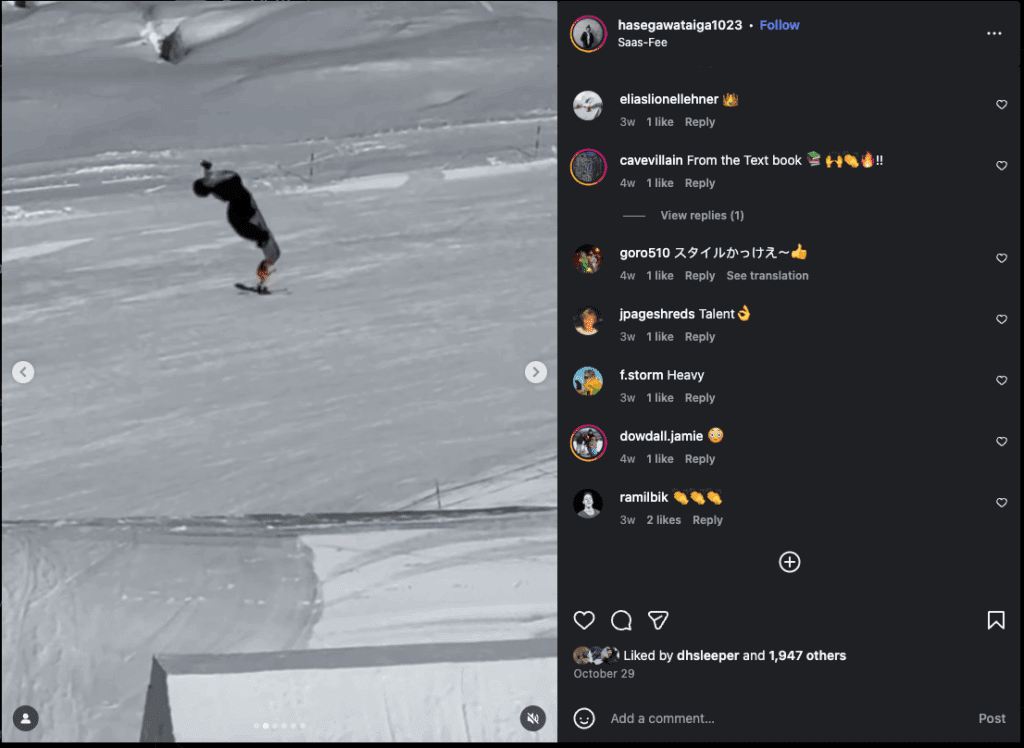

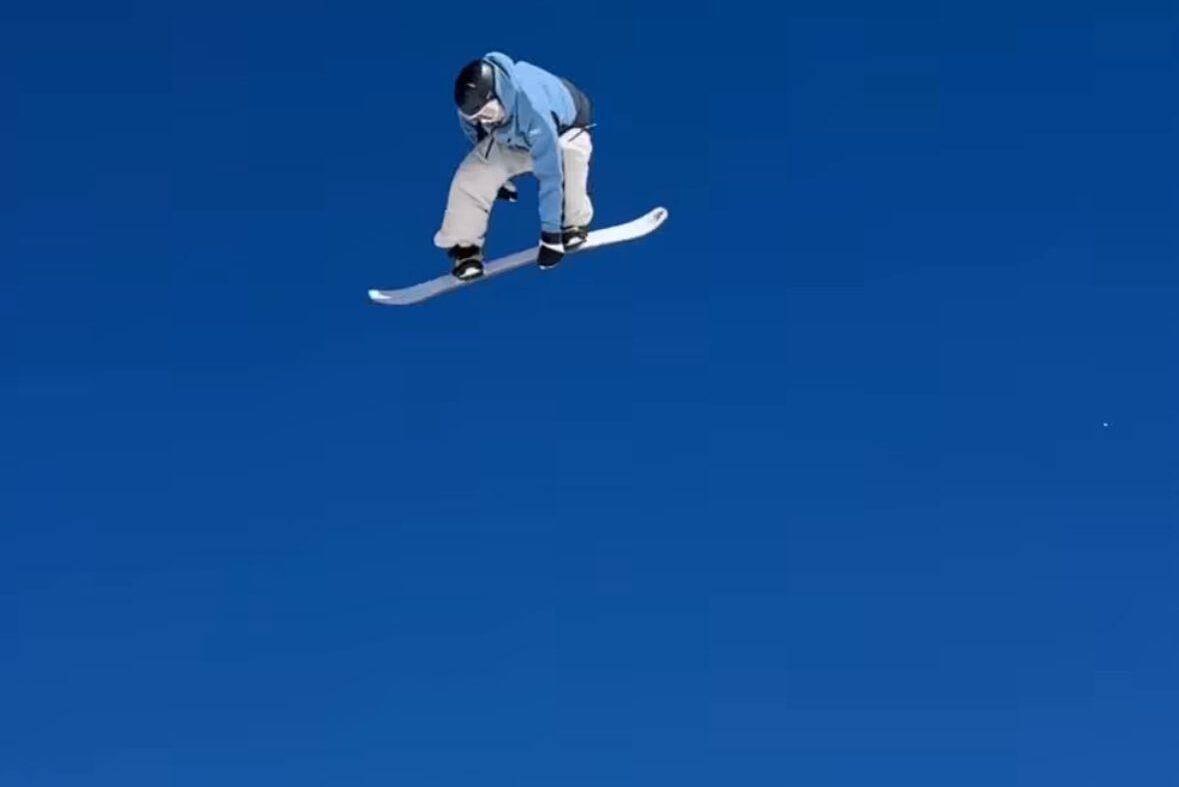


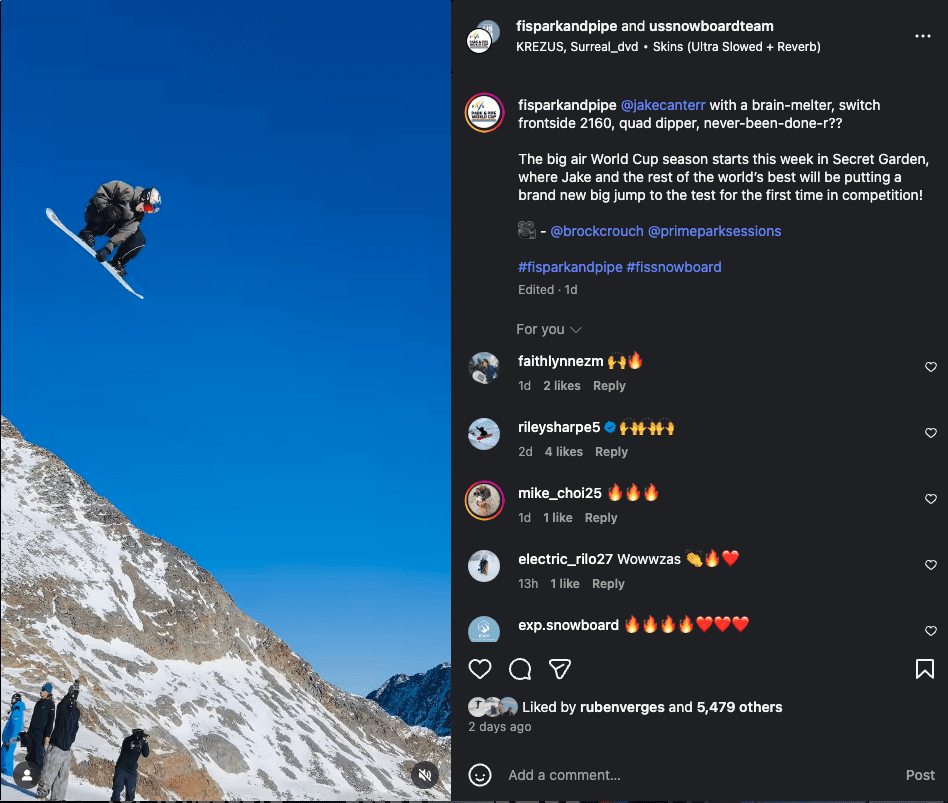
Secret Garden is the first checkpoint. It won’t just set rankings – it will reveal which pre-season breakthroughs hold up under Olympic pressure, and how effectively the sport’s evolving language helps the world understand what’s happening.
Because even the most dedicated fans still struggle to parse the difference between a switch backside double rodeo 12 and an 18 – and why sometimes a lower spin on a rarer axis can outrank a bigger number.
That’s where transparency matters.
The “judge-gate” chaos of the last Olympic cycle showed what happens when understanding the inner workings doesn’t keep pace with progression.
Today, thanks to athlete–judge dialogue, community-agreed trick definitions, and platforms like On The Knuckle breaking down the nuance, snowboarding is more open than ever. But complexity hasn’t vanished – if anything, the blend of creativity, physical risk, and multi-axis rotation is at its peak.
And that’s exactly why this season feels special.
Snowboarding is entering one of the most fascinating competitive eras we’ve seen – one where difficulty and creativity are non-negotiable, and where the lines between innovation, identity, and culture intertwine more tightly than ever.
If pre-season was the preview, we’re in for something special.
Words by Alba Pardo

INTERVIEW Mary T. Walsh Last March, Shannon Dunn-Downing traveled to Stratton Mountain
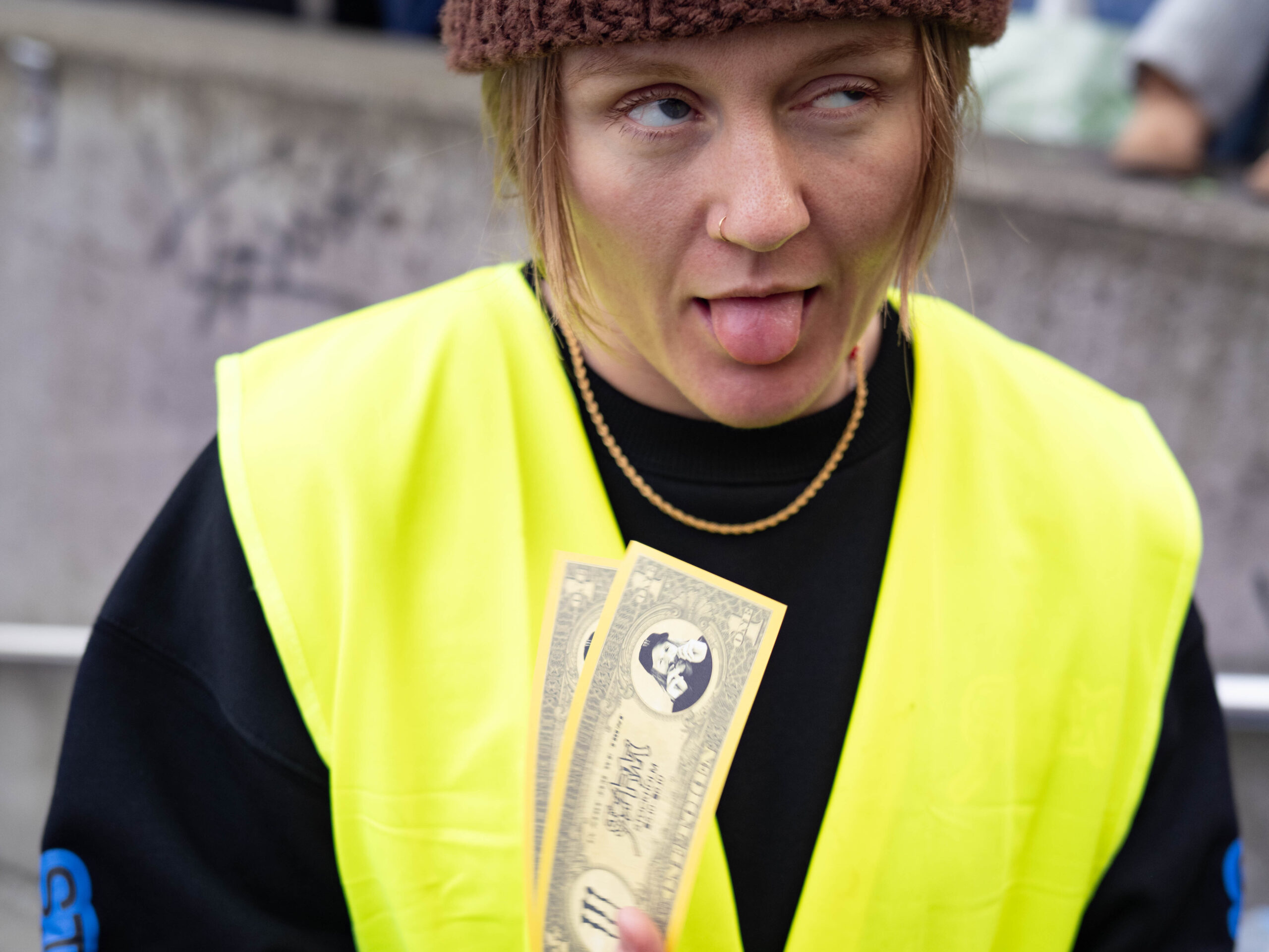
Words by Alba Pardo In the last few weeks alone, I’ve been
Sign up for the very best in snowboard culture, get notified of prize drops, and receive our weekly essential news hit: The Friday Dump.
| Cookie | Duration | Description |
|---|---|---|
| cookielawinfo-checkbox-advertisement | 1 year | The cookie is set by GDPR cookie consent to record the user consent for the cookies in the category "Advertisement". |
| cookielawinfo-checkbox-analytics | 11 months | This cookie is set by GDPR Cookie Consent plugin. The cookie is used to store the user consent for the cookies in the category "Analytics". |
| cookielawinfo-checkbox-functional | 11 months | The cookie is set by GDPR cookie consent to record the user consent for the cookies in the category "Functional". |
| cookielawinfo-checkbox-necessary | 11 months | This cookie is set by GDPR Cookie Consent plugin. The cookies is used to store the user consent for the cookies in the category "Necessary". |
| cookielawinfo-checkbox-others | 11 months | This cookie is set by GDPR Cookie Consent plugin. The cookie is used to store the user consent for the cookies in the category "Other. |
| cookielawinfo-checkbox-performance | 11 months | This cookie is set by GDPR Cookie Consent plugin. The cookie is used to store the user consent for the cookies in the category "Performance". |
| viewed_cookie_policy | 11 months | The cookie is set by the GDPR Cookie Consent plugin and is used to store whether or not user has consented to the use of cookies. It does not store any personal data. |
| Cookie | Duration | Description |
|---|---|---|
| _ga | 2 years | This cookie is installed by Google Analytics. The cookie is used to calculate visitor, session, campaign data and keep track of site usage for the site's analytics report. The cookies store information anonymously and assign a randomly generated number to identify unique visitors. |
| _gat_gtag_UA_189035576_1 | 1 minute | This cookie is set by Google and is used to distinguish users. |
| _gid | 1 day | This cookie is installed by Google Analytics. The cookie is used to store information of how visitors use a website and helps in creating an analytics report of how the website is doing. The data collected including the number visitors, the source where they have come from, and the pages visted in an anonymous form. |
| CONSENT | 16 years 4 months 12 hours | These cookies are set via embedded youtube-videos. They register anonymous statistical data on for example how many times the video is displayed and what settings are used for playback.No sensitive data is collected unless you log in to your google account, in that case your choices are linked with your account, for example if you click “like” on a video. |
| Cookie | Duration | Description |
|---|---|---|
| IDE | 1 year 24 days | Used by Google DoubleClick and stores information about how the user uses the website and any other advertisement before visiting the website. This is used to present users with ads that are relevant to them according to the user profile. |
| test_cookie | 15 minutes | This cookie is set by doubleclick.net. The purpose of the cookie is to determine if the user's browser supports cookies. |
| VISITOR_INFO1_LIVE | 5 months 27 days | This cookie is set by Youtube. Used to track the information of the embedded YouTube videos on a website. |
| YSC | session | This cookies is set by Youtube and is used to track the views of embedded videos. |
| yt-remote-connected-devices | never | These cookies are set via embedded youtube-videos. |
| yt-remote-device-id | never | These cookies are set via embedded youtube-videos. |
| Cookie | Duration | Description |
|---|---|---|
| _pk_id.43969.7c7f | 1 year 27 days | No description |
| _pk_ses.43969.7c7f | 30 minutes | No description |